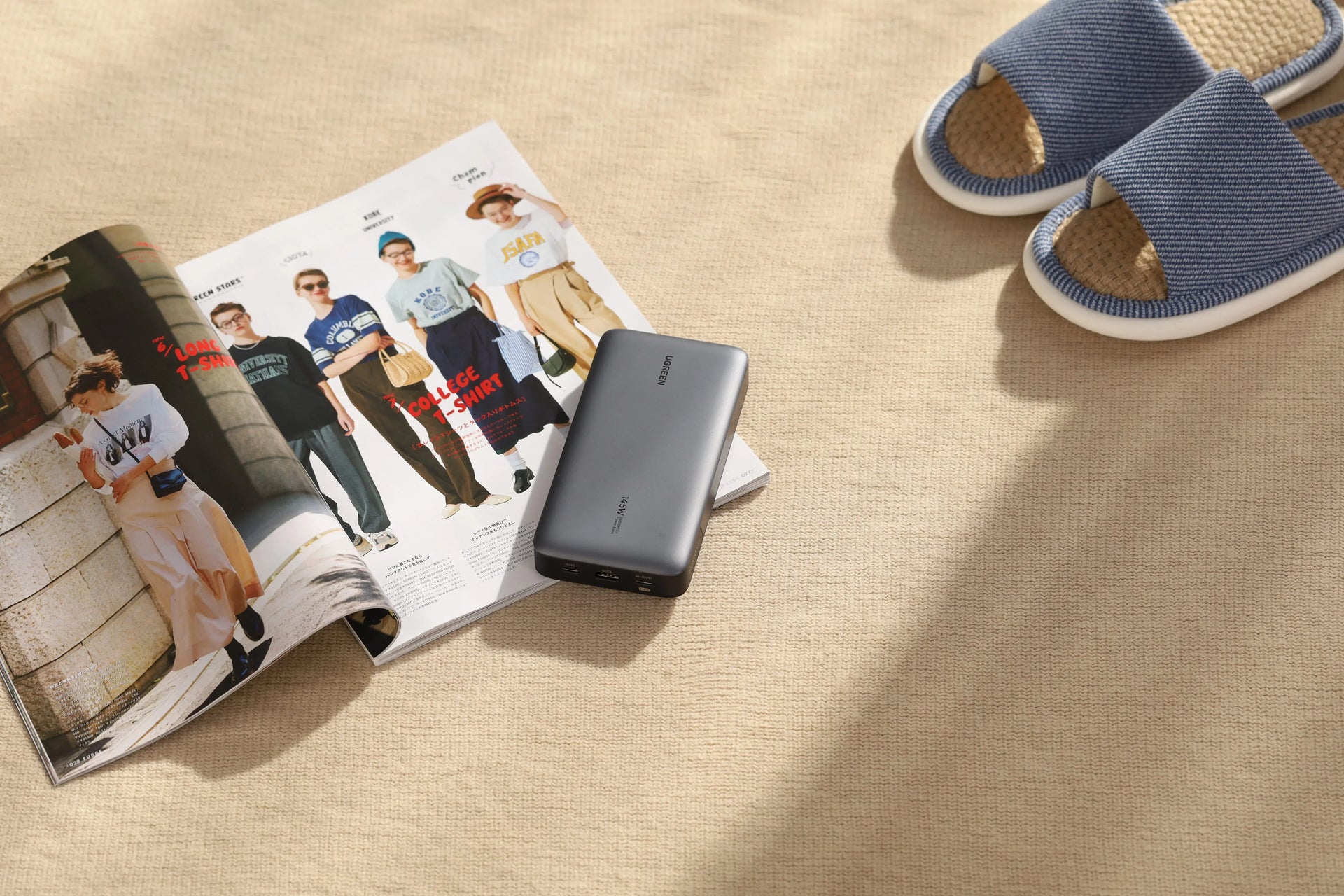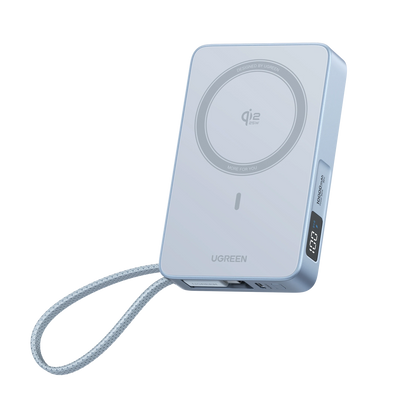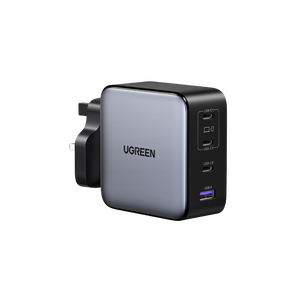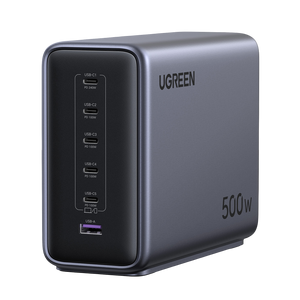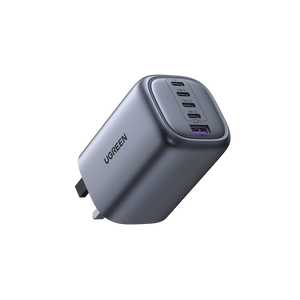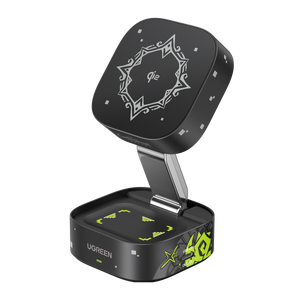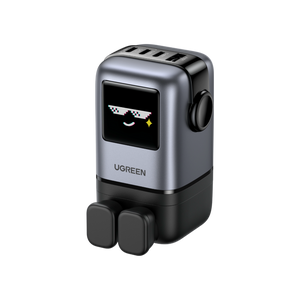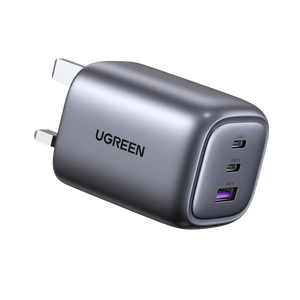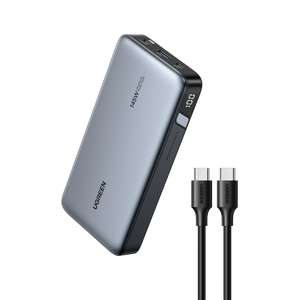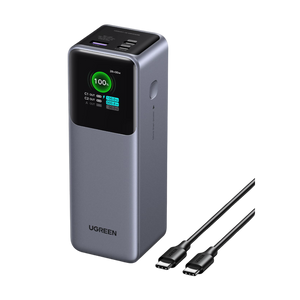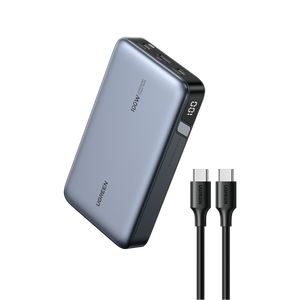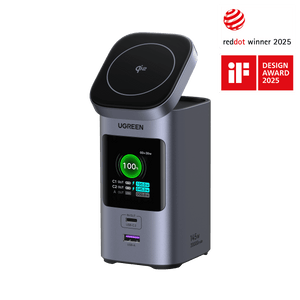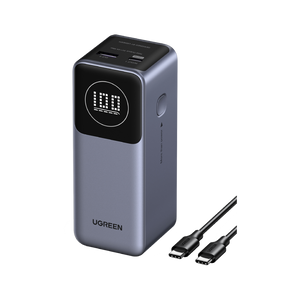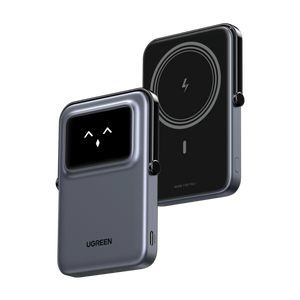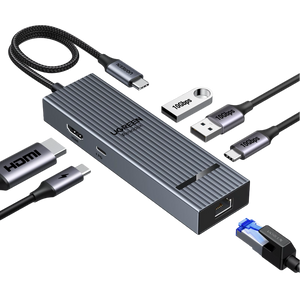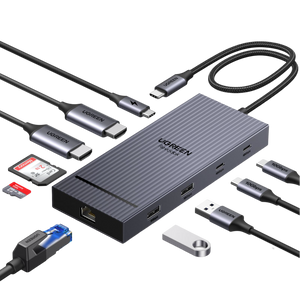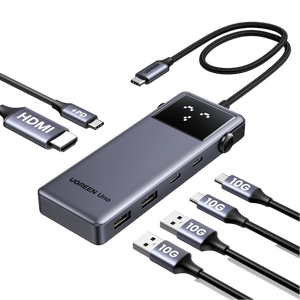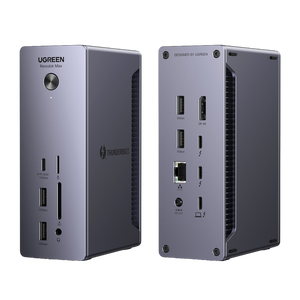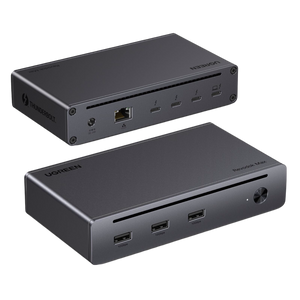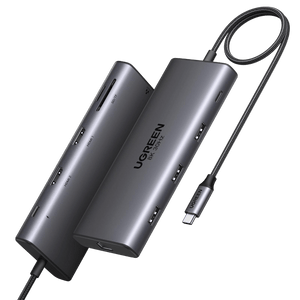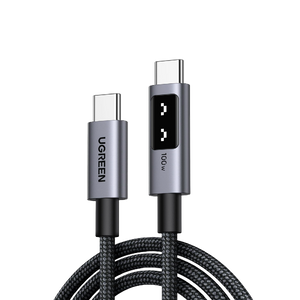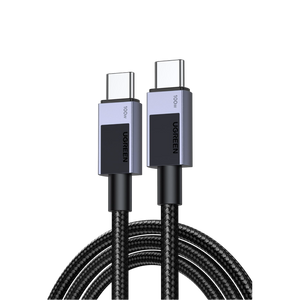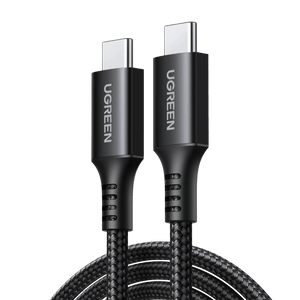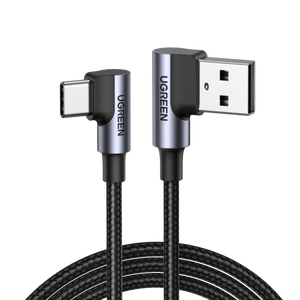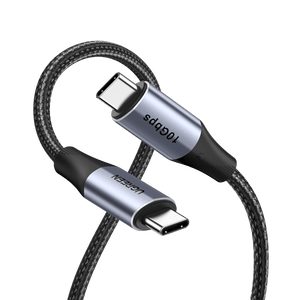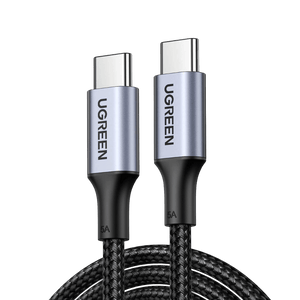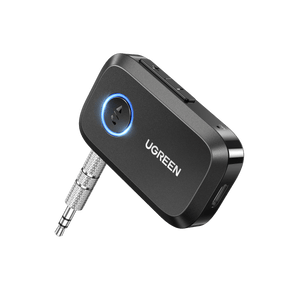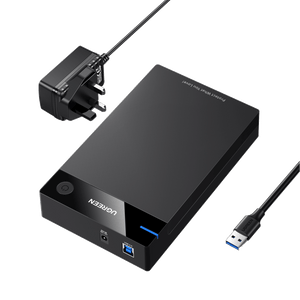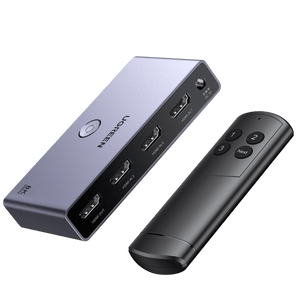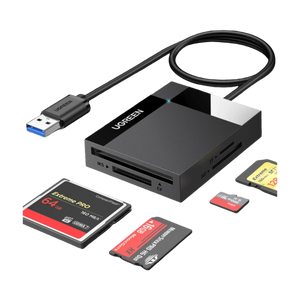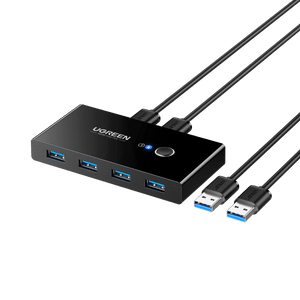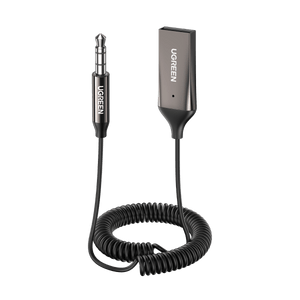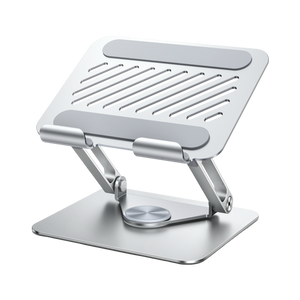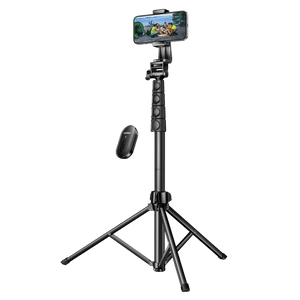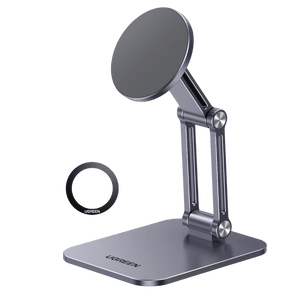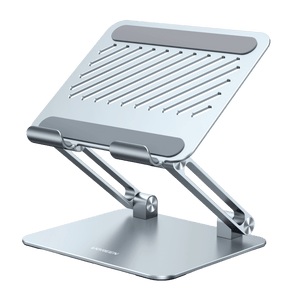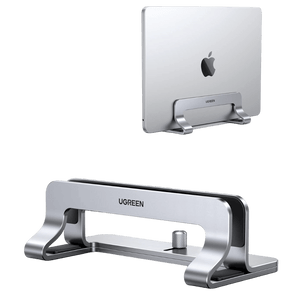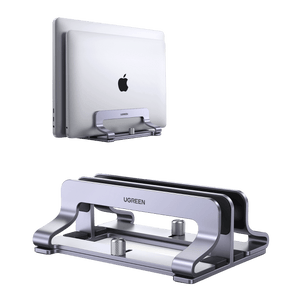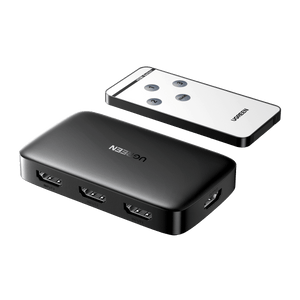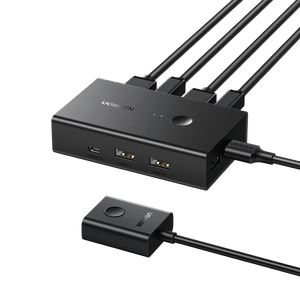Power Banks vs Portable Charger: What’s the Real Difference
Have you ever been confused by the terminology around technology? Imagine searching online for something to keep your phone alive, and you find two similar results. One of them is called a power bank, and the other is a portable charger. That raises the common question of power banks vs portable chargers. They both have identical shapes and ports, and both promise to keep your phone alive when the battery dips. So why do they have different names? Are they two ways of saying the same thing, or is there a secret distinction worth paying attention to?
This is what we will cover in this article. We will explain how these names are used, where the difference actually matters, and what to look for when purchasing. And since theory alone is insufficient, we will also examine some practical solutions.

Power Bank vs Portable Charger: Are They the Same?
The answer is simple for the majority of people: yes, they are the same. In nearly 95 percent of everyday situations, there is no difference between a portable charger and a power bank. When you browse through Amazon products or ask a friend what they use as a backup battery, the words tend to mean the same item. It is a small battery pack with USB connectors that keeps your phone alive until you can find an outlet.
The exceptions are rare but worth noting. The term portable charger is sometimes used more generally to refer to not only battery packs but also wall chargers, solar panels, or even car chargers. Some also say that a power bank contains an internal battery, but a portable charger may not. While others say that portable chargers tend to be lighter and smaller in size, whereas power banks tend to be larger and multi-port. These distinctions are universal, but they demonstrate how the terms can sometimes be used interchangeably.
Why then do shoppers continue to get confused? Part of it is language. In Germany, the term used is “externer Akku,” while in France, it is “batterie externe” and, in Spain, it is “batería portátil.” Elsewhere, the English term “power bank” is used. The marketing factor is another reason. Many brands want to use the term “portable charger” because it sounds more familiar and emphasizes convenience over technical specifications like capacity.
Lastly, there is the vast contribution of search behaviour. On Google and Amazon, the two keywords yield the same results, so sellers use both to be on the safe side.
The takeaway? You can use “portable charger” and “power bank” interchangeably. The only instances when a portable charger would refer to something different are in the case of a wall or solar charger.
Power Bank vs Portable Charger: How to Choose the Right One
When purchasing a power bank or a portable charger, most people will take a quick look at two specifications: capacity and output. However, it is not that easy to purchase the correct one. The choice should be based on how you actually use your devices and not on what the box says. Here is a breakdown that cuts through the marketing fluff and helps you make smarter decisions.
Actual Capacity and Rated Capacity.
That 20,000mAh printed on the box isn’t actually accurate. You’ll typically get less than that due to energy loss during the conversion process, often only around 60 to 70 percent of the rated capacity. So 10,000mAh actually only provides you with a practical capacity of 6,500mAh, or about one and a half iPhone 15 charges.
Output Power & Multi-Protocol Compatibility
Fast charging is not universal and different devices have different languages. For Apple devices and most laptops, USB PD 3.0/3.1 is essential. While Samsung Galaxy phones benefit from PPS charging. Older Androids still use Quick Charge 3.0/4.0.
When your device can use PPS but your charger cannot, you will have slower and less efficient charging. You should always verify your device protocol and compare it with the specification of the power bank.
Read more: USB PD, PPS, QC: What Do These Fast-Charging Protocols Mean?

Heat Dissipation and Safety Protection.
Charging at high speed produces heat, and heat kills batteries in the long run. Poor-quality chargers may also hinder performance and longevity. Find models that have temperature sensors and short-circuit protection, as well as overcharge/over-discharge protection
Ports Configuration & Multi-Device Charging
One USB-C may be adequate in terms of minimalism, but when a traveller has to charge several devices simultaneously, a USB-C could be beneficial. It has flexible configurations such as 1C1A, 2C1A, or 3C.
The hidden trap is power division. One of the ports of the device may be labeled 100W, but when two or three ports are in use, the cumulative output is less than the labeled output. When you want to charge a laptop with your phone and earbuds, choose a design that allows you to share power without extreme slowdowns.
Portability & Usage Scenarios
What you should do depends on how you plan to use the power bank:
- Travel/business trips: Use airline-approved models less than 27,000mAh (100Wh). Thin, compact designs are best for keeping in a travel bag.
- Outdoor/camping: Bigger is always better when it comes to picking a power bank for outdoor activities. High-capacity packs or portable power stations can power lamps, fans, or even mini-fridges.
- Office/home configurations: Consider high-wattage desktop chargers that keep multiple devices plugged in without creating clutter.
Smart Features & User Experience
Small features can significantly enhance your charging experience. A digital display that reveals battery percentage is better than guessing it from four flashing LEDs. Power banks with fast-charge priority can, without any guidance, prioritize energy to the device that requires it the most. Integrated cables are space-saving, and wireless or magnetic models minimize clutter.
Price vs Value
Cheap models may work, but many of them do not have safety chips or are not compatible with the modern standards of fast charging. In contrast, premium chargers are more expensive at the outset, but tend to last longer, operate at lower temperatures, and have reliable after-sales services.
Best UGREEN Portable Chargers and Power Banks.
Not all chargers are created with real life in mind. While many have impressive specifications, they can end up being heavy or inconvenient when you go to use them. UGREEN takes a unique approach, with products that are designed for everyday life. Two models in particular show how this works in practice.
UGREEN MagFlow Magnetic Wireless Power Bank (10000mAh, Qi2 25W, MagSafe-compatible)
This MagFlow Power Bank may be small, but it leaves a big impression. It’s designed to be readily available when you need power quickly. Its 25W Qi2 magnetic wireless charging can power an iPhone 16 Pro Max to 50% in approximately thirty minutes. Plus, it features an integrated USB-C cable that supports 30W two-way charging. This allows you to recharge the bank nearly as fast as you can charge your devices.
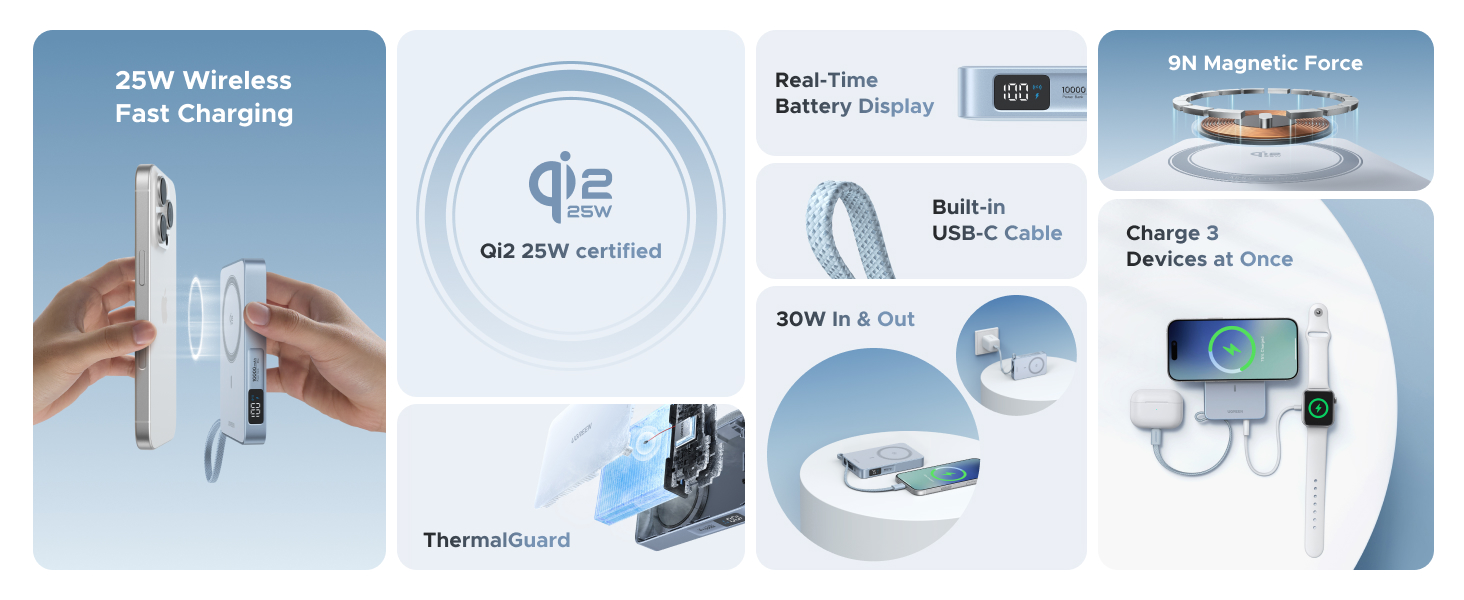
The MagFlow is not only about speed. Through SmartCharge technology, it is able to charge three devices simultaneously without compromising the amount of power each device receives. Its 10,000mAh is a sensible middle ground. It is light enough to carry every day, but it can last long enough to power you through your day. Combine that with Thermal Guard™ sensors and 13 layers of protection, and you have a performance that remains consistent without jeopardizing your phone’s health.
{{UGPRODUCT}}
UGREEN Nexode 65W Charger with Retractable USB-C Cable
While the MagFlow power bank is focused on being mobile and portable, the Nexode 65W is at home in a desk or in a travel bag. It will charge a MacBook Air (M4) from fully drained to 84% in only an hour, thanks to its 65W fast charging, and it does all this in a more compact form factor than an Apple charger. The retractable USB-C cable is a highlight, extending to eight preset lengths with smooth movement.

The design is backed by GaNInfinity™ technology. It consumes less energy and is smaller and cooler than older chargers. Combine that with universal compatibility and 24/7 safety monitoring, and you have a single device that handles everything from laptops to earbuds with ease.
{{UGPRODUCT}}
Conclusion
At this stage, the mystery is solved: a power bank and a portable charger mean the same thing in real life. It is only recently that the term “portable charger” has started to include a wall or GaN adaptor. What really matters is finding a device that keeps up with your routine. That is where UGREEN shines, offering pocket-sized power banks for everyday use. They also provide high-wattage GaN chargers for laptops and travel. Whatever model you choose, there is a UGREEN variant out there for you, which makes it easy to stay charged.
